NSW shark attacks: Timeline of Sydney Harbour incidents revealed
Sydney Harbour has been rocked by its second shark attack in 15 years after a young woman was bitten on her leg by a bull shark. See our map of Sydney’s shark attacks.
NSW
Don't miss out on the headlines from NSW. Followed categories will be added to My News.
Sydney Harbour has been rocked by its second shark attack in 15 years after a young woman was bitten on her leg by a bull shark on Monday night.
Lauren O’Neill, 29, was swimming alone when she was attacked by a shark near a private wharf just off Elizabeth Bay.
She was rushed to St Vincent’s Hospital with serious leg injuries but is now listed as stable.
Despite Sydney Harbour’s reputation for bull sharks, attacks have been rare and Monday night’s incident marks just the third harbour shark incident since 1963.
In 2009, former navy clearance diver Paul de Gelder suffered horrific injuries to one of his arms and legs when he was attacked by a bull shark during a counter-terrorism exercise in Sydney Harbour. De Gelder survived the savage attack.
Since then you have to turn back the clock 46 years since the last harbour attack.
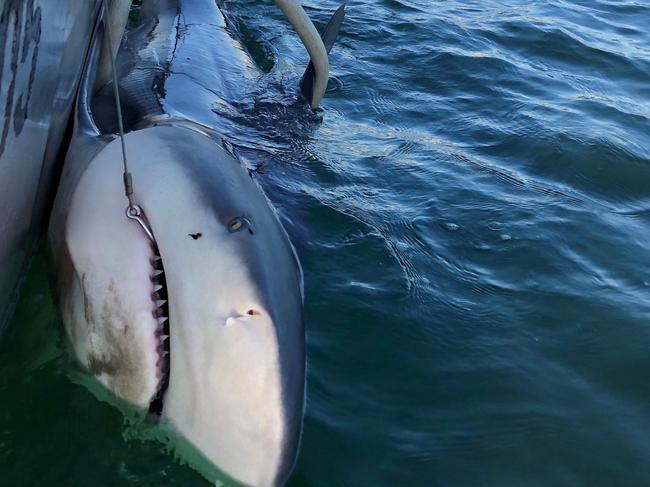
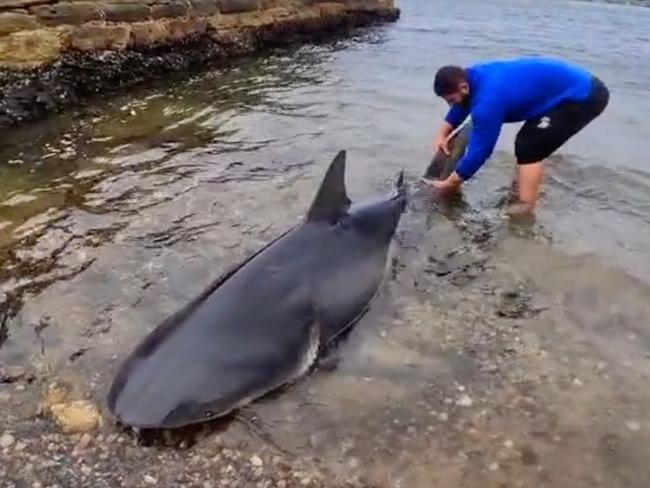
Sydney actress Marcia Hathaway was killed as she waded in the shallows of Sugarloaf Bay in 1963.
Her fiancée, who was standing next to her, beat and kicked the shark, even straddling it at one point as he fought to free her from its grasp. He managed to rescue her but she died soon after from her injuries.
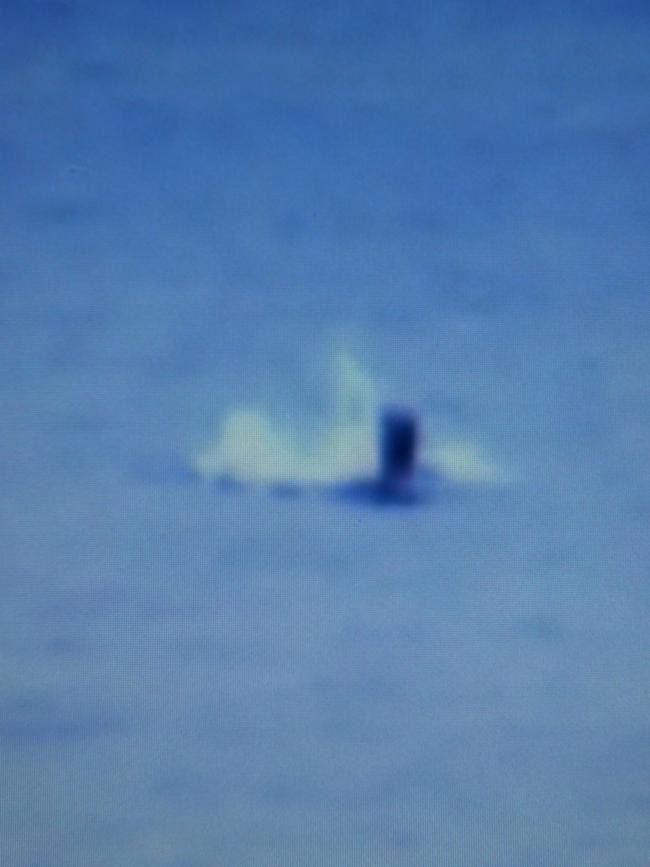
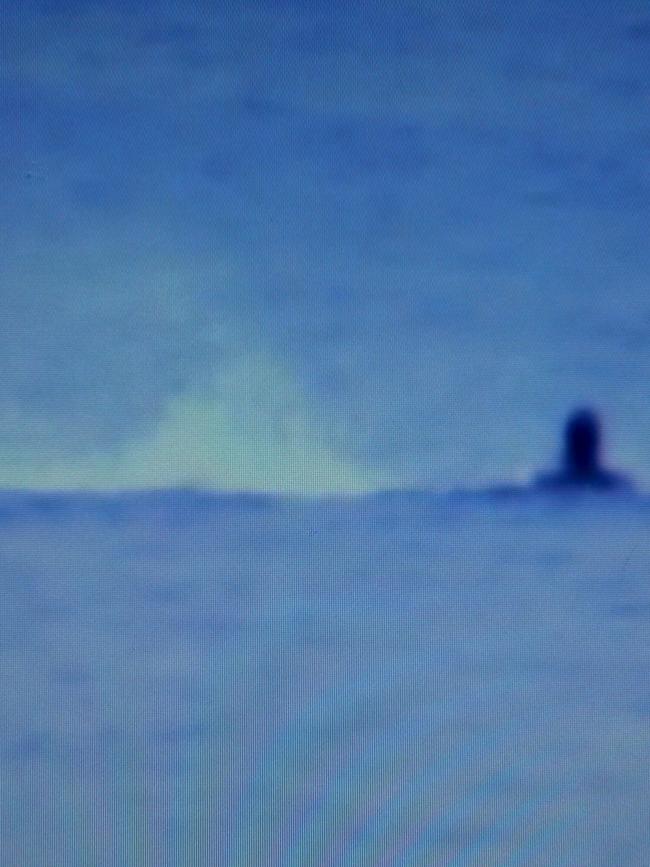
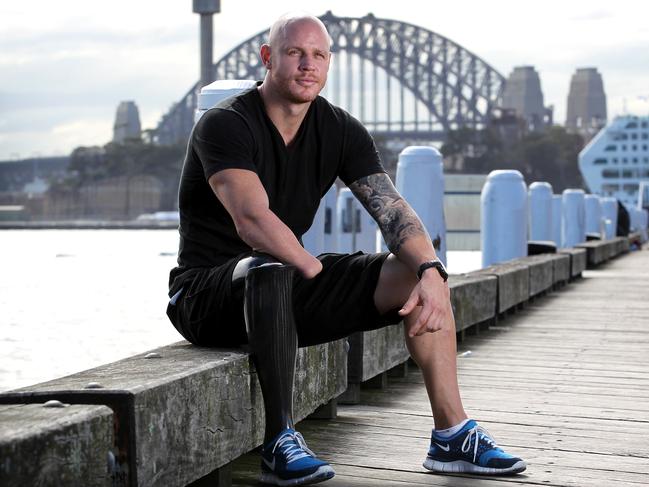
What followed was an eerie lull of shark fatal attacks not only in the harbour waters, but across the wider coast of Sydney.
It wasn't until 59 years later when British expat Simon Nellist was fatally mauled by a large great white shark at Buchan Point in Little Bay in February 2022.
But attacks were much more common before Ms Hathaway died, with an estimated 21 fatal attacks taking place in the harbour waters since 1840.
Dr Chris Pepin, an expert in shark management, said original sewage systems and dumping from abattoirs caused a higher rate of Harbour shark attacks in the early 1900’s.
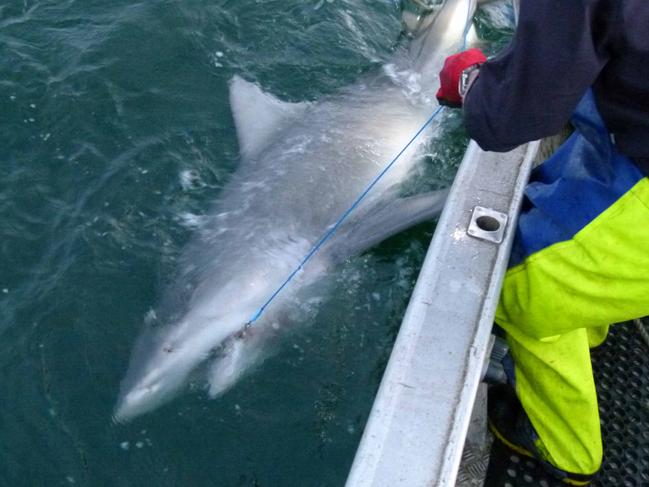
“The sewage in the Sydney Harbour was the largest sewage outfall in the world, the flushing of sewage and meat from abattoirs attracted more bait fish which eventually brought more sharks into the harbour,” he said.
“If you look at the location of shark bites in the ‘30s, ‘40s and ‘50s and compare that with sewage outfalls you can connect them”.
Dr Pepin also said the legalisation of swimming in Sydney Harbour during the late 1800’s may have caused a later rise in shark attacks.
Despite Sydney’s relatively clean record of shark attacks in the last 60 years, particularly in harbour waters, the NSW coastline has had a much darker history of incidents with the ocean’s top predators.
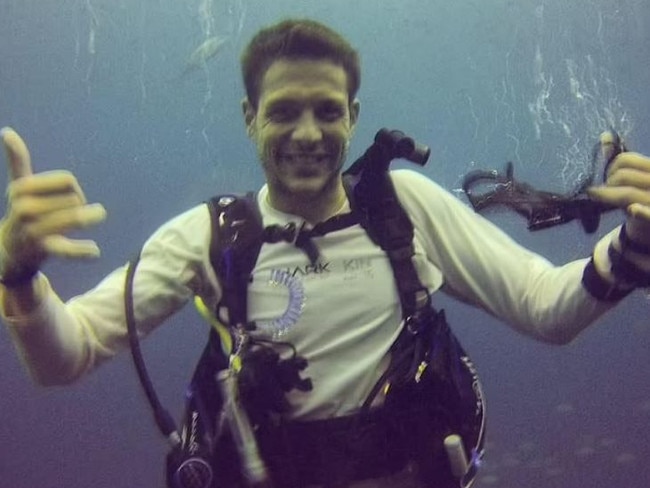
Simon Nellist’s attack was the fifth fatal in NSW since June 2020 when Rob Pedretti was attacked by a great white shark while surfing at Salt Beach, Kingscliff.
The following month 15-year-old Mani Hart-Deville was attacked while surfing at Wooli Beach and later succumbed to his injuries.
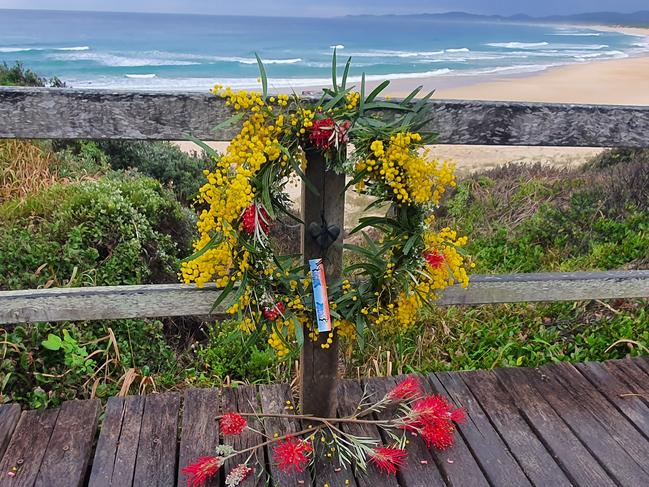
Then in May 2021, Mark Sanguinetti suffered fatal injuries from a 4.5m great white while surfing at Tuncurry Beach.
And in September last year, Timothy Thompson died after being bitten while surfing at Emerald Beach, north of Coffs Harbour.
Monday night’s attack is the fourth non-fatal attack in NSW waters since the Little Bay tragedy.
NSW’s last non-fatal attack was on Christmas Day when Julian McLennan was bitten on the leg by a suspected great white shark while surfing at Old Bar near Taree on the Mid-North Coast.
Just months earlier Toby Begg suffered catastrophic leg injuries after he was attacked by a 4m great white shark at Watonga Rocks near Port Macquarie in August.
In August 2022, a teenager was bitten on his arm by a great white shark at North Avoca but was able to escape the predator’s jaws and seek assistance.




